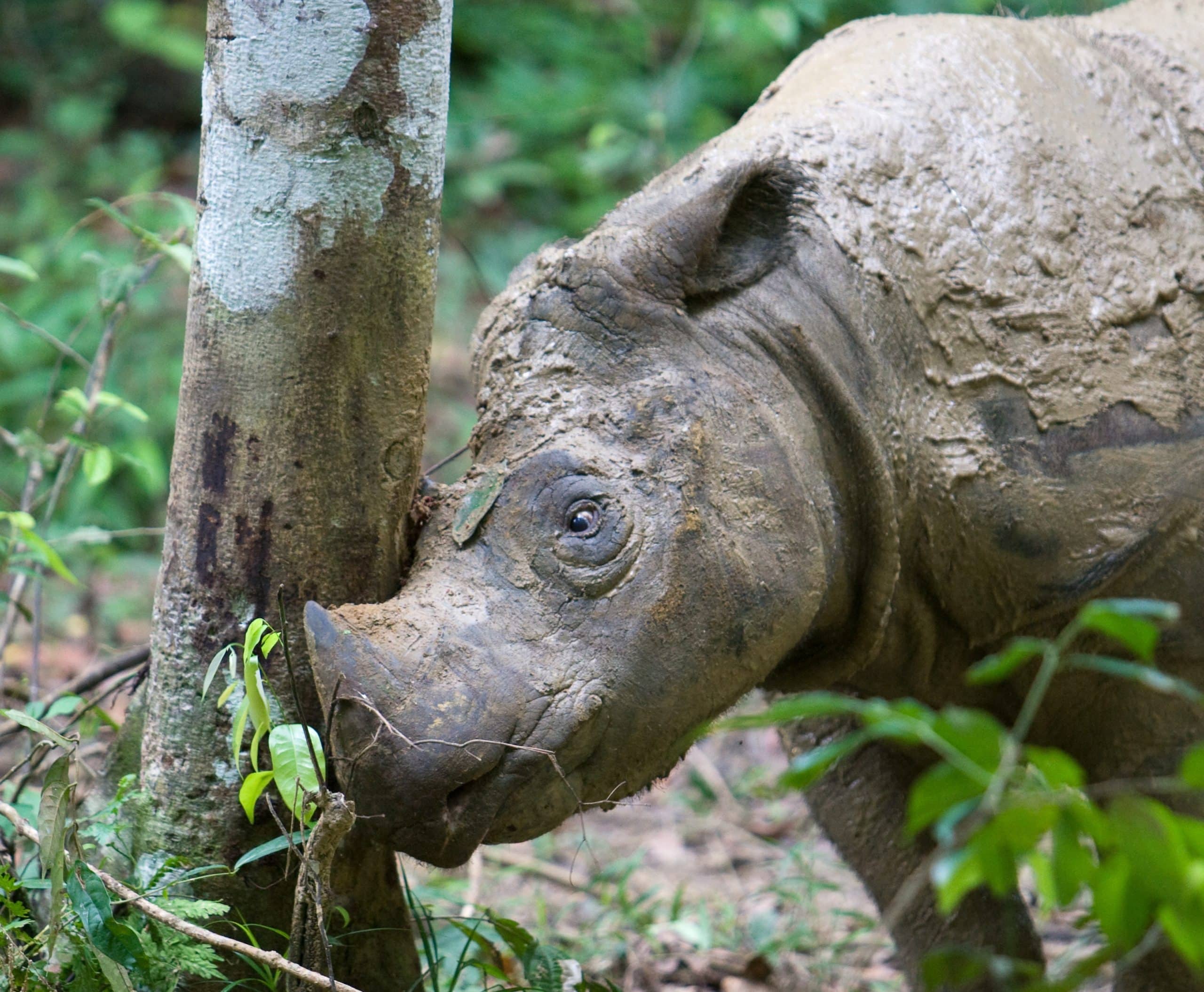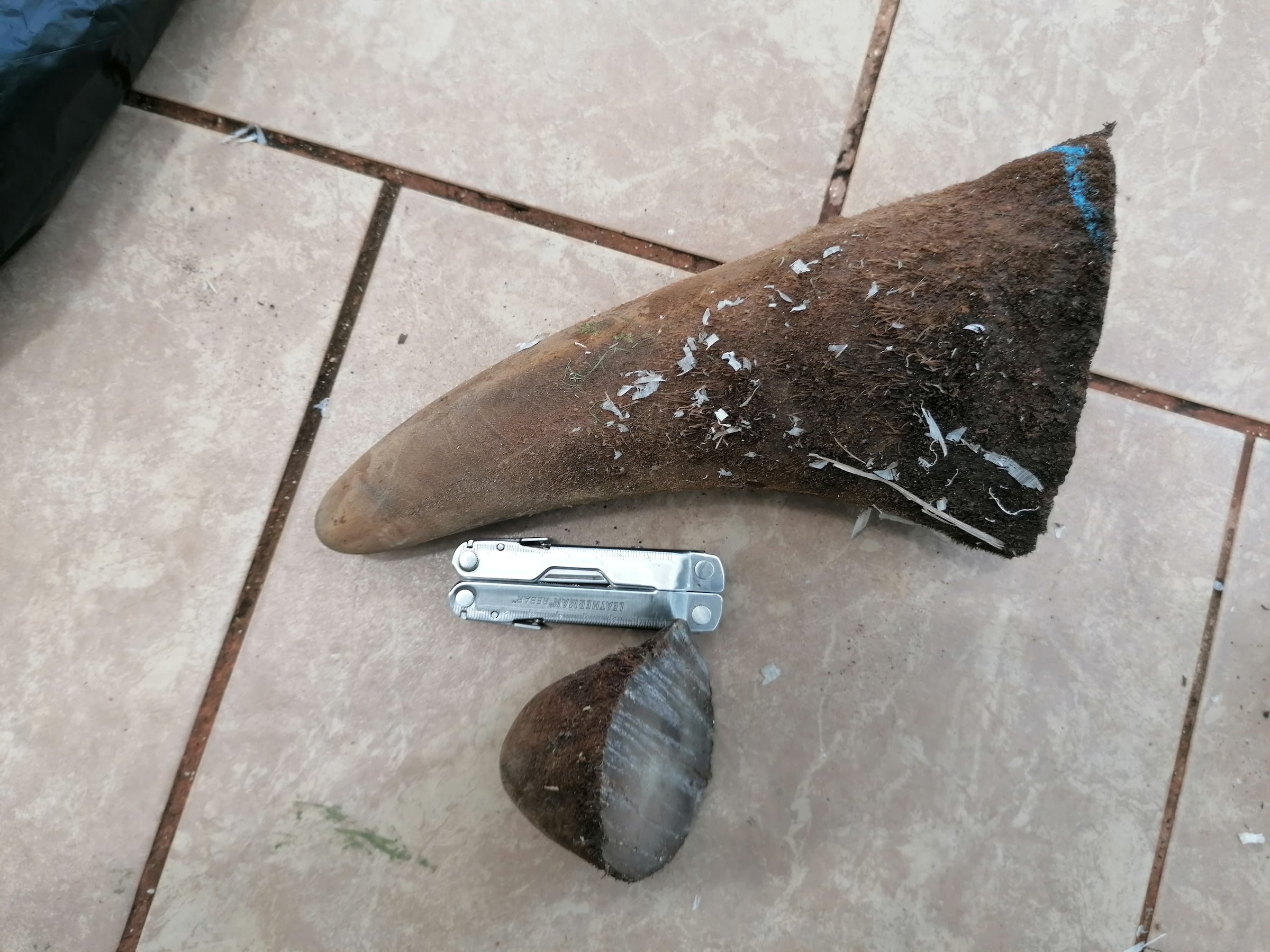In the wild, rhino horns serve a variety of purposes. The horn is used for defense, but is also a tool for digging, breaking branches, and connecting with other rhinos during social gatherings. These horns also place a huge target on rhinos.
Rhinos are sought after by wildlife criminals for their horns. The high demand for rhino horn is rooted in Asia, primarily China and Vietnam. Why is something that is made of keratin, the same protein that makes up our nails and skin, so highly sought after? Because these cultures have distinguished the rhino horns as a traditional remedy to a variety of health issues, even though there is no scientific proof to support this.
Rhino horn has been used in traditional medicine for more than 2,000 years. Whether on its own or mixed with other substances, it’s been used to treat a wide range of practical disorders such as fever, gout, snake bites, hallucinations, vomiting, and food poisoning, and has even been used to treat supernatural conditions like “devil possession.” To “cure” these ailments, the horn is ground down into a powder and then dissolved in boiling water, where it is then consumed.
In Vietnam, rhino horn has a different kind of value. Instead of thinking that the horn holds medicinal properties, rhino horns serve a sort of social symbol. The buyers in this market are usually from a higher social standing and gift rhino horns to make a statement, or for special occasions.
While the demand for rhino horn stems from particular traditional beliefs and cultural significance, the impact extends throughout the entirety of the range of all five remaining rhino species. This harmful demand and the poaching it spurs has placed some rhinos dangerously close to extinction. Thankfully, the Rhino Recovery Fund supports effective initiatives that protect rhinos from poachers, support authorities in pursuing wildlife crime, and aim to eliminate the demand for rhino horn that drives this illegal trade. This includes supporting projects that dehorn rhinos, a harmless and temporary measure that protects rhinos from being targeted by poachers. During this practice, the horn is safely removed above the growing point so that way it can regrow in time, leaves no permanent changes to the rhino, and keeps the rhino from being killed by wildlife criminals to satisfy the continuous demand for rhino horn.



